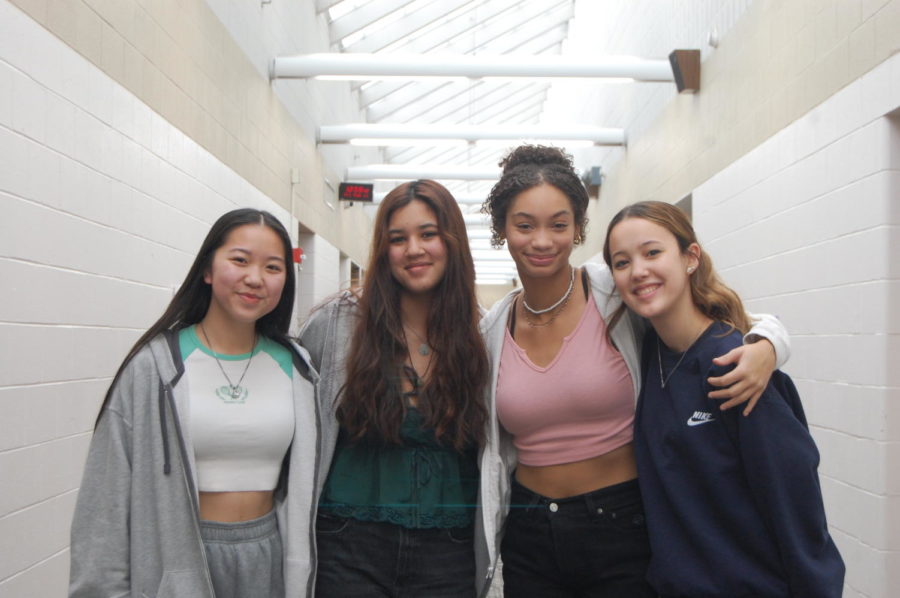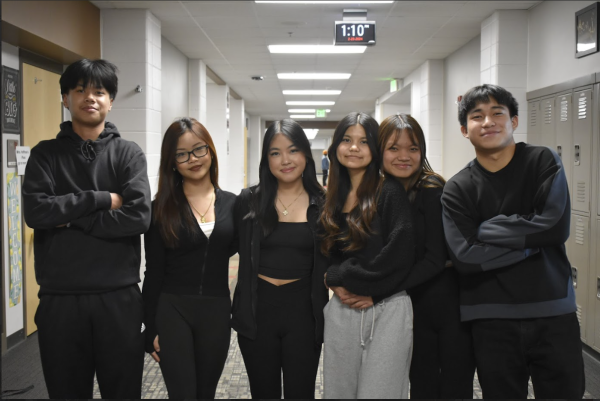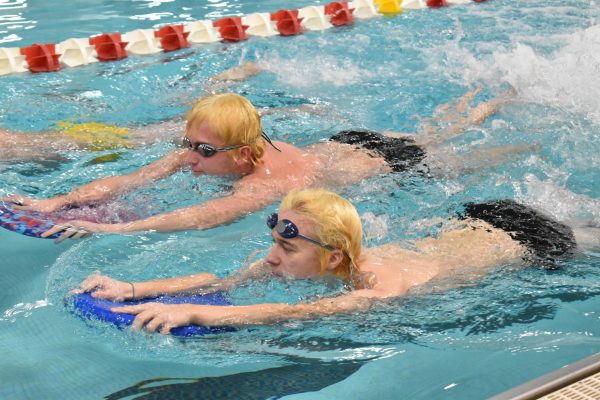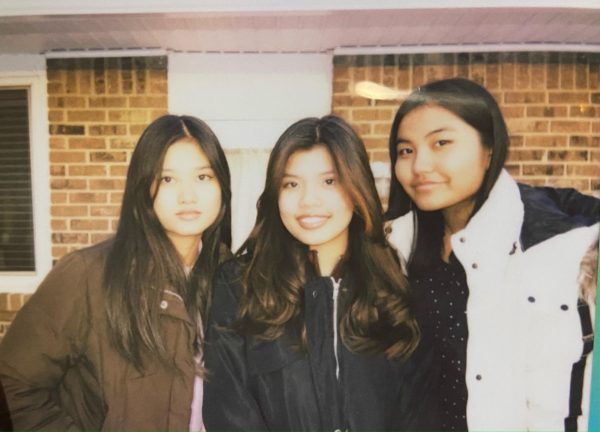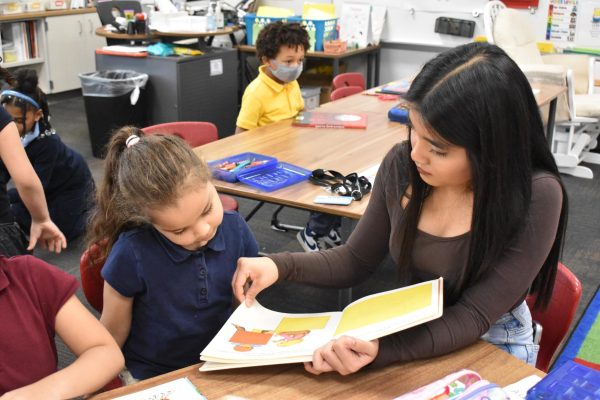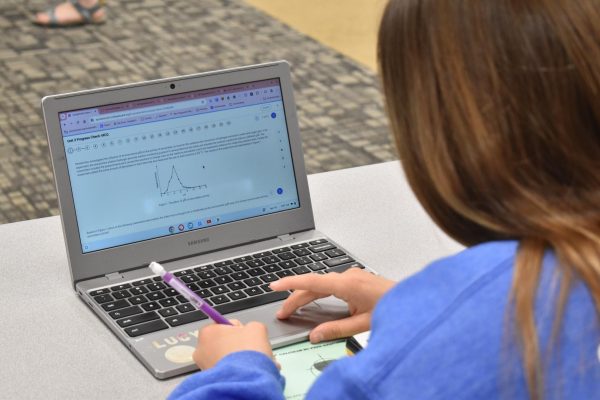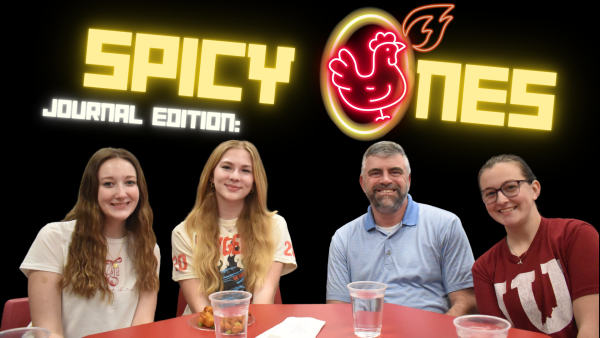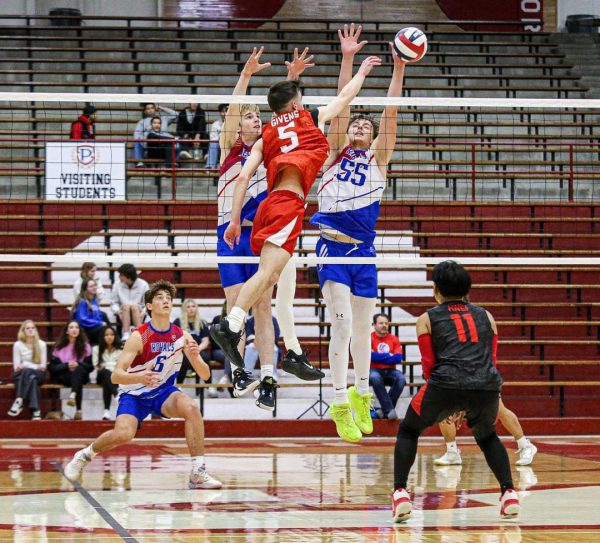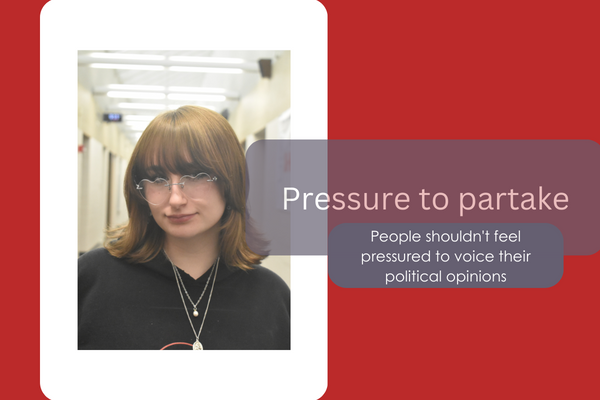Losing the labels
Mixed students navigate different parts of their identities
(Starting from the left) Juniors Christina Quach and Lydia Wisdom and freshmen Victoria Rwizi and Kianna Carver all have one thing in common. They’ve learned to overcome obstacles that come with being mixed.
Being a mixed person can lead to different interactions in someone’s life. For a few students at SHS, that can mean not feeling like they belong to a certain group or having a hard time loving themselves.
For freshman Kianna Carver, who is mixed with black, Asian and white, she feels that she can’t identify with one race. She doesn’t look like anyone else on either side of her family.
While growing up, she went to a school in Bloomington that was predominantly white with only few mixed students.
‘‘I didn’t really know where I fit in or where I belonged,’’ Carver said.
This led her to wonder if the percentage of one race was enough to make herself be considered of that race.
The same could be said about freshman Victoria Rwizi but about her hair.
She incorporated straightening her hair into her routine because she felt that having curly hair was not considered acceptable in American beauty standards. Her curly hair comes from the black side of the family, while her Asian features come from her mother’s side.
As she grew up, she acted a certain way which she felt would be a reflection of white people, but this resulted in receiving occasional comments such as ‘‘Oh, she’s whitewashed.’’
‘‘I just thought that if I would act like that and assume myself to be like that, people would like me more,” Rwizi said.
Junior Christina Quach has heard remarks saying she looks more Chinese than Vietnamese from other Vietnamese people. Still, she grew up with Vietnamese culture since her father is not fully Chinese and learned her parent’s language.
Both cultures have many similarities, such as the celebration of Lunar new year in February. Although Quach is not very religious, she still respects her parent’s beliefs. Both of her parents are Buddhist, but due to regional differences, they differentiate from each other.
‘‘I’m kind of just in the middle,’’ Quach said. ‘‘I’ll follow them… I don’t really care about picking sides.’’
Although Quach has not experienced any hate from both sides of her families, she has experienced anti-Asian hate. Due to COVID-19, Asian people have been blamed for the cause of the virus. Her mother has received racist comments, especially at her own nail salon.
‘‘I haven’t gotten hit or anything like that,’’ Quach said. ‘‘It’s usually just people saying things.’’
Like the others, junior Lydia Wisdom has grown up in a predominantly white area. She’s mixed with white, black and Korean. Her mother is also mixed. Therefore, they were hardly exposed to Korean culture. Wisdom feels that she is more black than any other part of her racial makeup.
She has experienced racism from both sides of her family. Her distant family on her mother’s side would make inappropriate comments about black people and her dad’s family would make fun of Asians. She felt as if they forgot that she is a part of their family.
At the end of the day, these students have revealed that being mixed is what makes them who they are.
Despite experiencing racism and moments that made them feel uncomfortable, they realized that being mixed makes them special. Rwizi has learned to embrace her natural beauty while Carver has accepted all parts of herself.
‘‘I know that I’m unique, and I wouldn’t want to be anybody else,’’ Carver said.
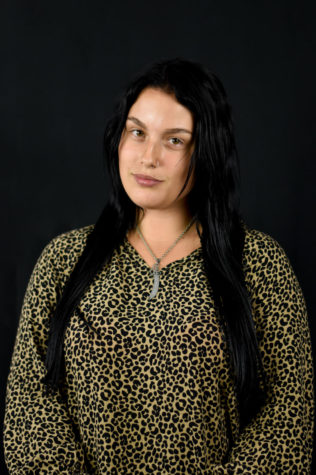
Hello, SHS students! My name is Sarah Bennett, and I am a senior and in my second year of The Journal. I love giving the news and spreading information...


